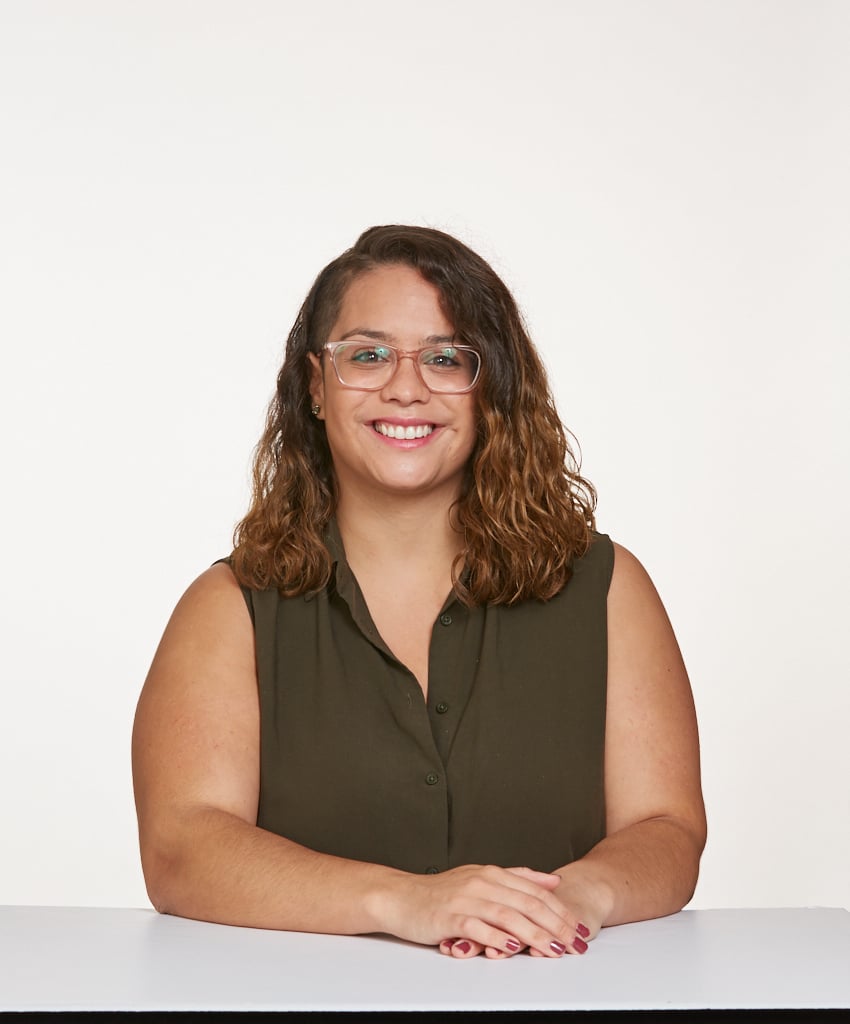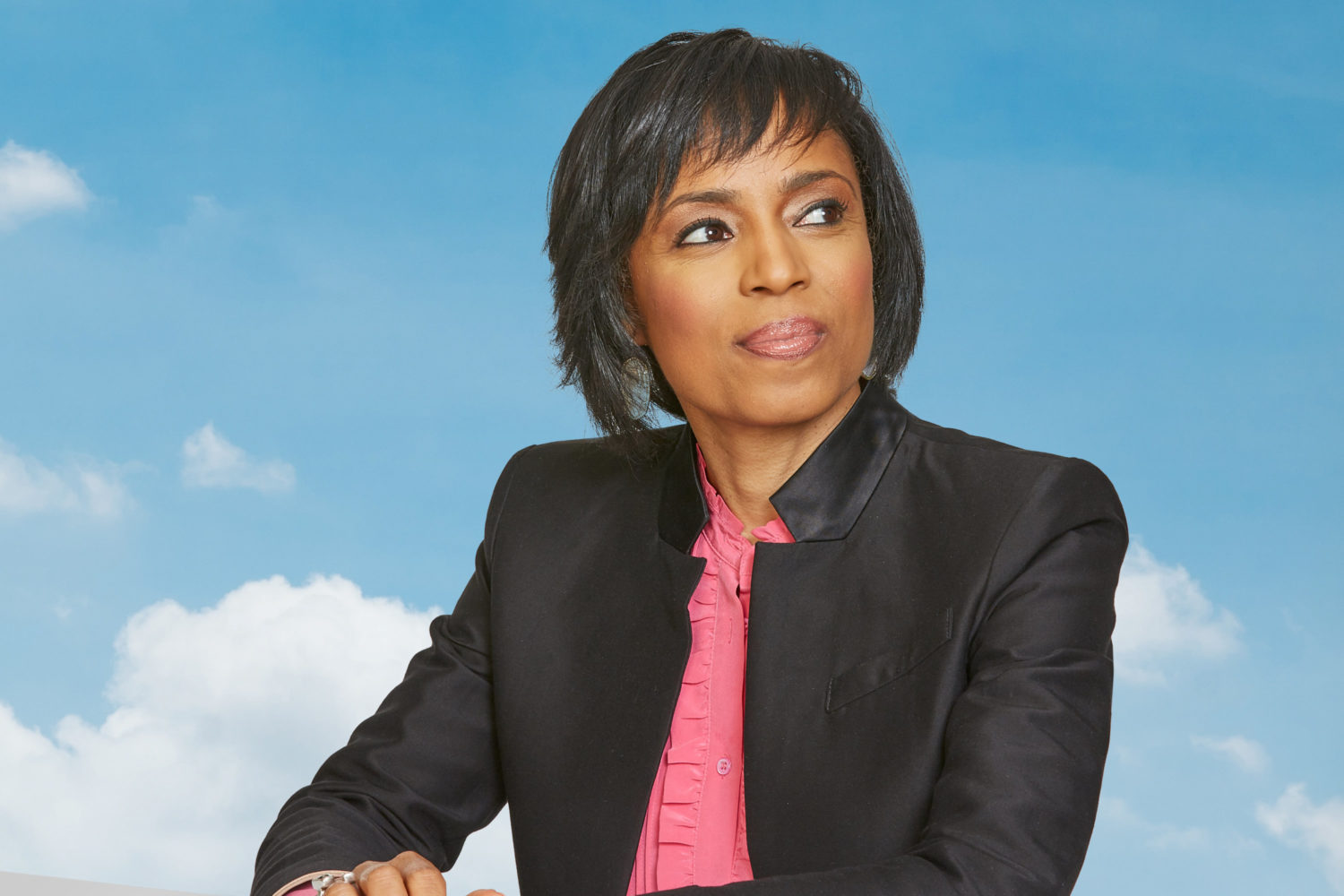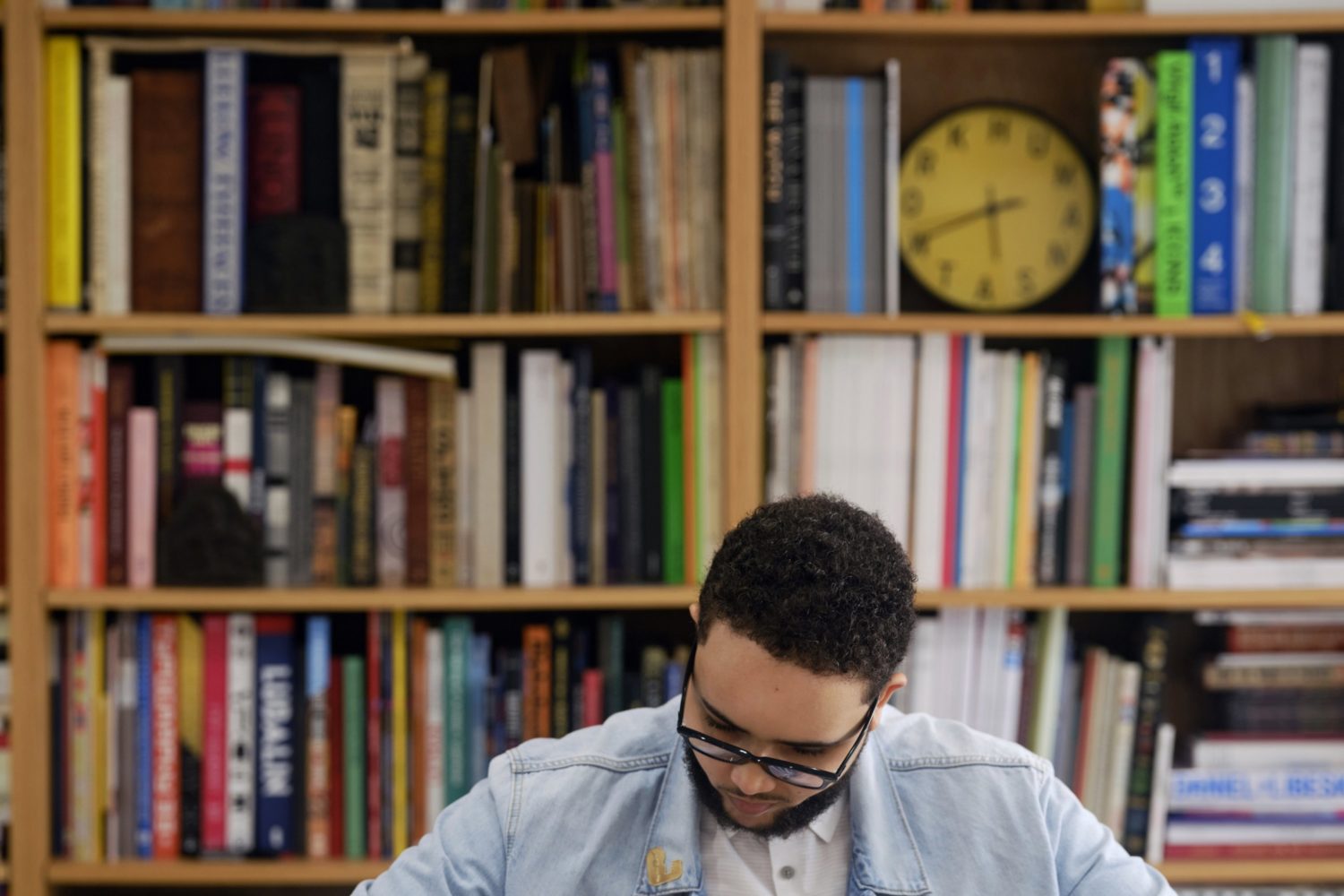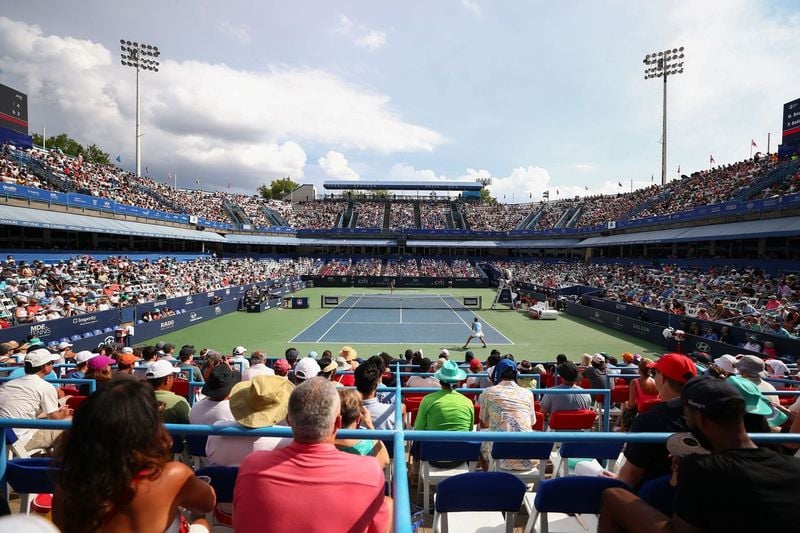The small and inviting Prince George’s African American Museum and Cultural Center might be one of Washington’s less-famous museums. Right now, though, two of its three galleries are filled with colorful art and local artifacts seeking to preserve DC’s heritage.
One room is filled with paintings by Florida Avenue Grill owner Imar Hutchins from his “Sacred Cows” series. Another room contains “Chocolate Cities: The History, Legacy, and Sustainability of African American Urban Enclaves,” an exhibit by six local artists.
On a chilly evening in early March, the museum blasted Fela Kuti songs and served guests mango-flavored mimosas as it held the the third event in a six-month series of discussions bringing together the featured artists to engage in a conversation about racial identity on the border of the city first to be called “chocolate.”
“Chocolate City” was coined originally by deejays on Washington radio stations in the early 1970’s, but really took off in 1975 with Parliament’s album of the same name. Since 2011, though, the District’s black population has gone from being a majority to a plurality, the result of a burst of newcomers and older communities squeezed out of the city limits.
But some artists are trying to resist this wave with exhibitions like “Sacred Cows” and the “Chocolate Cities” series. The exhibits are about “how we can visualize legacy [and] sustain our communities,” says curator Martina Dodd.
Hutchins’ “Sacred Cows” show features collages depicting African-Americans with horns on their heads. “Our existence is such a miracle that we should be like a sacred cow in India,” he said. Considering DC’s status as a “chocolate city,” Hutchins argued it’s unlike other major cities with large African-American populations because there’s “more of a cohesive black community in DC than in New York.” Like a small town, “you run into people on the street,” while larger cities lack such sensibility.
Other artists at the talk included Lionel Frazier White III, Lloyd Foster, Michael Booker, and Tim Davis, whose works are included in “Chocolate Cities.” Their creations range from photographs and paintings to fabric and audio work.
Foster, whose photography illustrates the men who’ve played at Shaw’s Capitol Pool Checkers Club, said this area was “a unique place for black people to strive” and growing up in Prince George’s County, he recalled the importance of “seeing black doctors, lawyers, businessmen.”
But preserving that culture has been challenging. When Foster first walked by the 32-year-old checkers club on S Street, he said, “it looked out of place but in reality everything else around it looks out of place.”
“People kill what they love,” Hutchins said. “People came back [to DC] because of the culture and street life but then you killed it because you moved there and you complained and now it’s gone.”
A 21-year-old senior at the Corcoran School of the Arts and Design, White created “Porch Girls,” a video projection including photographs of his mother and grandmother in a changing District landscape. He thinks the best thing he can do to continue preserving and promoting African-American culture is to keep producing art. “That’s my job,” he said.”Our communities are being taken from us and being given to them.”
But the fight goes further than expression. Hutchins and the Mississippi-born Booker said they need more financial support from their communities, too.
“We have to take more agency and think more collectively,” Hutchins said. Booker, who contributed an “audio quilt” featuring passages of a 2006 speech then-New Orleans Mayor Ray Nagin gave about his city’s legacy as a “chocolate city”—parts of which Nagin later apologized for—said African Americans need to “know who you’re supporting” financially.
“It’s our responsibility to have a voice,” said Davis, who runs International Visions, a Woodley Park gallery that focuses on minority and international artists. The panel agreed it’s crucial to keep supporting African-American owned businesses, art, and communities, financially and otherwise.
The museum will have three more “Chocolate Cities” events before the show closes September 26. “Sacred Cows” will be on display through May 19.


















